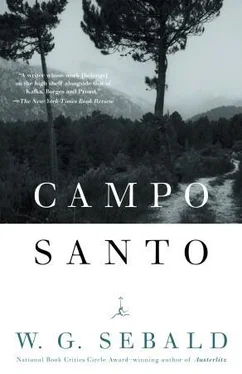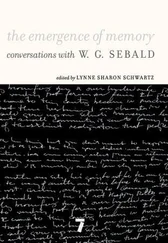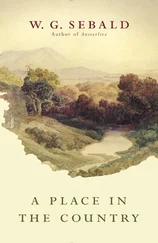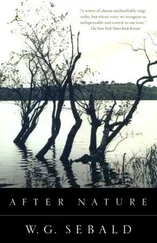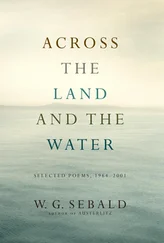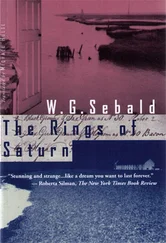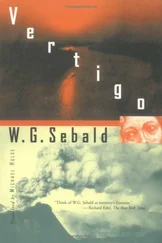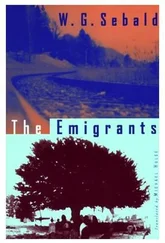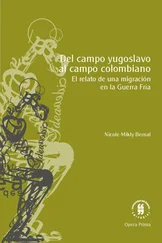In the course of further pronouncements by the Mage, Kasack’s alter ego is brought to realize that millions must die in this wholesale operation “to make room for those surging forward to be reborn. A vast number of people were called away prematurely, so that they could rise again when the time came as a growing crop, apocryphally reborn in a living space previously inaccessible to them.” 14The choice of words and terminology in such passages, speaking of the opening up “of the region of Asia, so long cut off,” of the benefit of “European ideas,” and of “living space [Lebensraum] previously inaccessible” shows with alarming clarity the degree to which philosophical speculation bound to the style of the time subverts its good intentions even in the attempt at synthesis. The thesis frequently held by the “internal emigrants” that genuine literature had employed a secret language under the totalitarian regime is thus proved true, in this as in other cases, only insofar as its own code accidentally happened to coincide with Fascist style and diction. 15The vision of a new educational field proposed by Kasack, as it also was by Hermann Hesse and Ernst Jünger, makes little difference to that fact, for it too is only a distortion of the bourgeois ideal of an association of the elect operating outside and above the state, an ideal which found its ultimate corruption and perfection in the officially ordained Fascist elites. When it seems to the archivist at the end of his story, then, “as if a sign formed in the place that the departed spirit had touched with its finger, a small stain, a final rune of fate,” we are looking at an example that can hardly be surpassed of the tendency developing in Kasack’s work, against his narrative intention, to bury the ruins of the time under the lumber of an equally ruined culture once again. 16
Even Hans Erich Nossack’s description of the destruction of Hamburg, Der Untergang , which, as we shall see, gives a much more exact account of the real features of a collective catastrophe, lapses here and there into the mythologizing approach to extreme social circumstances which had become almost habitual since the time of the First World War, when realism gave up the ghost. Here too the writer resorts to the arsenal of the apocalypse, speaking of peaceful trees transformed in the beam of searchlights into black wolves “leaping greedily at the bleeding crescent moon,” and of infinity blowing at its will through the shattered windows, sanctifying the human countenance “as the place of transition for the eternal.” 17Nowhere in Nossack, however, does this fateful rhetoric, obstructing our view of the technical enterprise of destruction, degenerate to the point where he compromises himself ideologically as a writer. It is undeniably to his credit that in his thinking and in the writing of this piece of prose, which in many respects is exceptional, he largely resists the style of the time. The view of an immemorial city of the dead which he presents is thus much closer to reality and has a value qualitatively different from the account of the same theme in Kasack’s novel.
I saw the faces of those standing beside me in the vehicle as we drove down the broad road over the Veddel to the Elbe bridge. We were like a tourist party; all we needed was a loudspeaker and the explanatory chatter of a guide. And we were all at a loss, and could not take in the strangeness. Where once your eyes met the walls of buildings, a silent plain now extended to infinity. Was it a cemetery? But what beings had buried their dead there and then put chimneys on the graves? Nothing grew there but the chimneys emerging from the ground like monuments, like dolmens or admonitory fingers. Did the dead lying below them breathe the blue ether through those chimneys? And where, among this strange undergrowth, an empty façade hung in the air like a triumphal arch, was it the resting place of one of their princes or heroes? Or was it the remnant of an aqueduct of the ancient Roman kind? Or was all this just the stage set for a fantastic opera? 18
The monumental theatrical scene of a ruined city presented to an observer passing by reflects something of Elias Canetti’s later comment on Speer’s architectural plans: for all their evocation of eternity and their enormous size, their design contained within itself the idea of a style of building that revealed all its grandiose aspirations only in a state of destruction. The curious sense of exaltation that sometimes seems to overcome Nossack at the sight of the devastation in his native city is very appropriate to that observation. Only from its ruins does the end of the Thousand Year Reich that intended to usurp the future become conceivable. The emotional conflict arising from the fact that total destruction coincided with his personal liberation from an apparently hopeless situation was not, however, something that Nossack could reduce to a common denominator. In view of the utter catastrophe, there seems to be something scandalous about the “feeling of happiness” that he experiences, on the drive “toward the dead city,” as something “true and imperative,” the need “to cry out rejoicing: now, at last, real life begins,” and Nossack can justify it only by cultivating an awareness of shared guilt and responsibility. 19These circumstances also made it impossible for him to let his mind dwell on the agents of the destruction. Nossack speaks of a deeper insight that forbade him “to think of an enemy who had done all this; he too was at most a tool of inscrutable powers that wanted to destroy us.” 20Like Serenus Zeitblom in his cell in Freising, Nossack feels that the strategy of the Allied air forces was the work of divine justice. Nor is this process of revenge solely a matter of retribution visited on the nation responsible for the Fascist regime; it is also concerned with the need for atonement felt by the individual, in this case the author, who has long yearned to see the city destroyed. “In all earlier raids I wished clearly: let it be a very bad one! I felt it so very clearly that I might almost say I cried that wish aloud to heaven. It was not courage but curiosity to see if my wish would be granted that never let me go down to the cellar but held me spellbound on the apartment balcony.” 21“And if it is the case,” writes Nossack in another passage, “that I called down the city’s fate on it to force my own fate to its moment of decision, then I must also stand up and confess myself guilty of its fall.” 22Such explorations of the conscience arise from the scruples of the survivors, their sense of shame at “not being among the victims,” and were then to feature among the central moral dimensions of West German literature. 23Reflections on the guilt of survival were probably presented most cogently by Elias Canetti, Peter Weiss, and Wolfgang Hildesheimer, which suggests that not much might have come of the process known in Germany as “coming to terms with the past” but for the contribution made by writers of Jewish origin. 24There is further evidence in the fact that in the years following the fall of the Third Reich, the sense of guilt expressed by Nossack was initially transformed into an existential philosophy which still nurtured a belief in fate and endeavored to face “the void … with composure,” a philosophy with a concept embracing personal failure, in which Nossack also sees “the appropriate way of death for us.” 25The crux of this resolution of the opposition between destruction and liberation lies in the fact that it upholds the promises of Death, which itself appears at the end of Nossack’s text as an allegorical figure coming “through the arch of the old gateway every afternoon,” enticing children out to play. 26The image of death as a companion of the writer’s imagination is a metaphor for the mourning in which the population as a whole could not afford to indulge, as Alexander and Margarete Mitscherlich explain in their famous essay on the psychological disposition of the German nation after the catastrophe — for “the mother of the family still has a great deal of work, she does the laundry, she cooks, and she must go down to the cellar from time to time to fetch coal.” 27The ironic detachment here, complementing the melancholy of Nossack’s narrative, demolishes the claim to the superior significance of death that pervades Kasack’s novel, and does not deny those who managed to survive the right to a secular continuation of their existence.
Читать дальше
